




Dry eye is also known as aetiology and is a multifactorial disorder of the ocular surface, affecting up to a third of people aged over 65.
There are two main classifications of this condition; aqueous deficient dry eye and evaporative dry eye.
Aqueous-deficient dry eye or ADDE refers to a limited production of aqueous tears from the lacrimal system. Evaporative dry eye or EDE refers to a deficient lipid layer on the surface of the tears causing excessive evaporation of the tear film.
Many individuals with dry eyes exhibit clinical signs and symptoms of both forms.
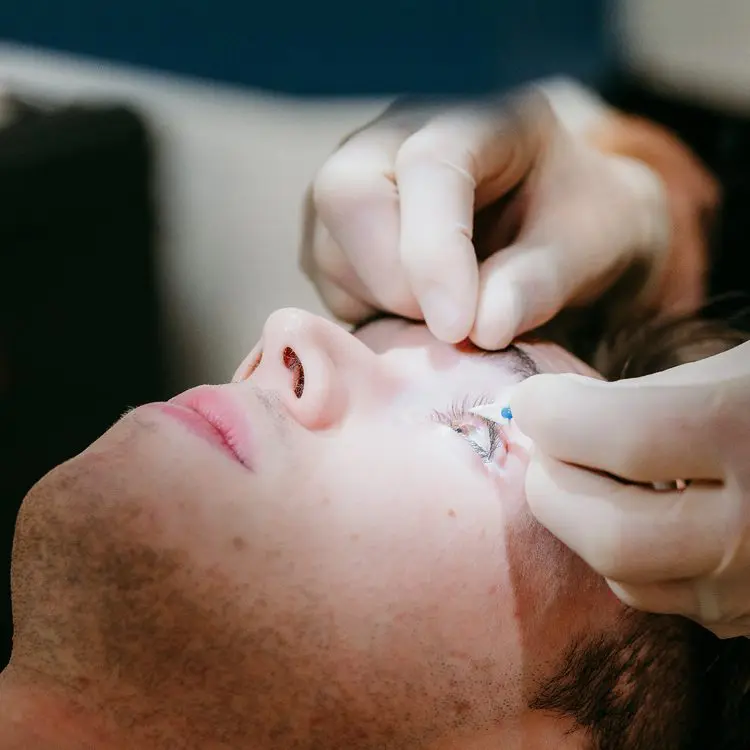
What are the Symptoms?
What are the Causes?
There is a direct link between dry eye syndrome and specific environmental conditions, including: age, poor health and medication.
It is well documented that air conditioning, central heating and noxious fumes such as cigarette smoke can compromise the ocular surface. In addition, autoimmune conditions such as rheumatoid arthritis and lupus can damage the lacrimal system and deplete tear production.
Common medications including the contraceptive pill can also increase an individual’s risk of developing dry eye symptoms.
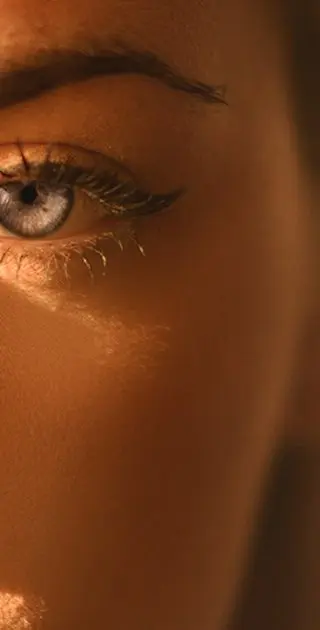
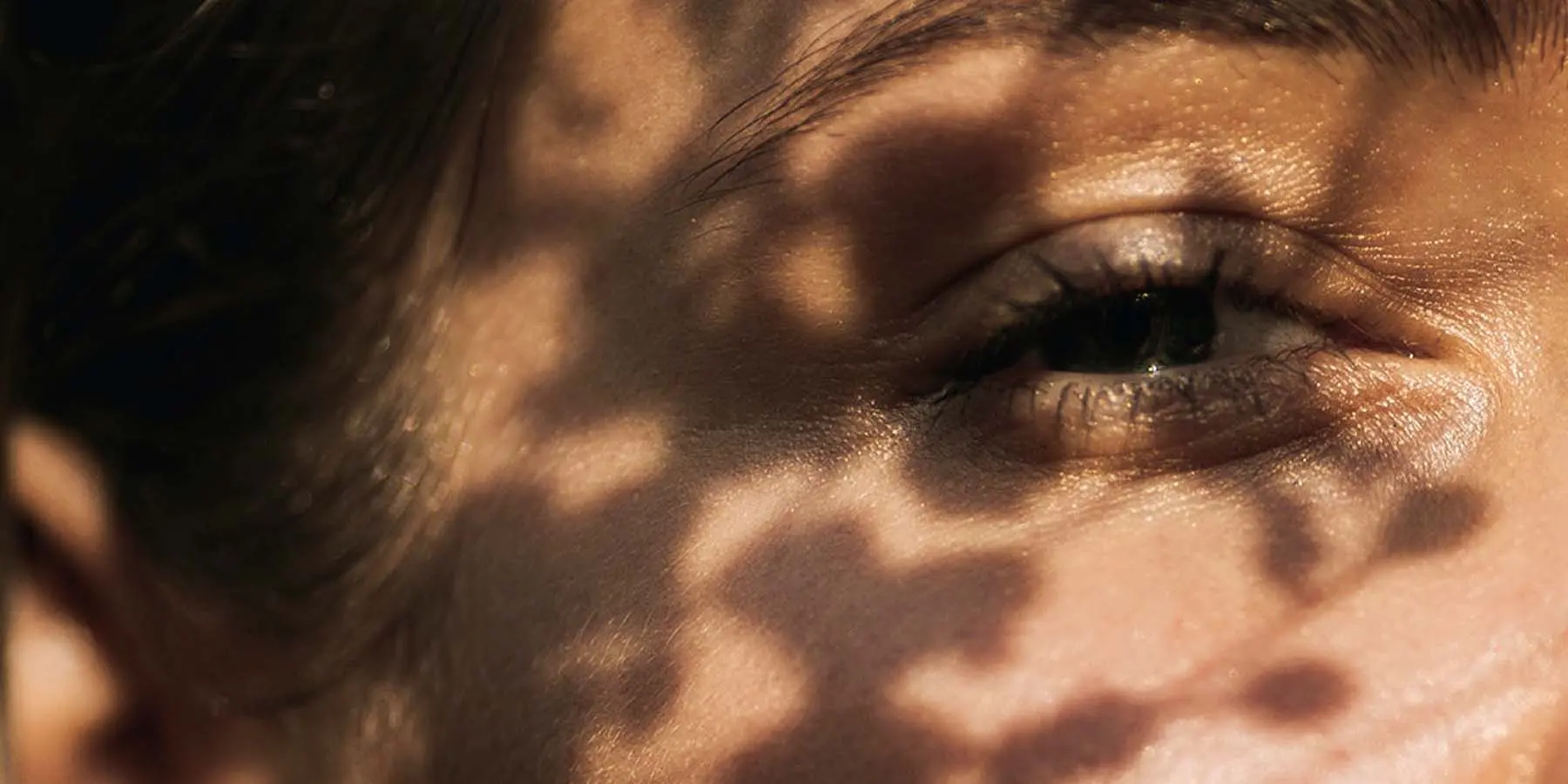
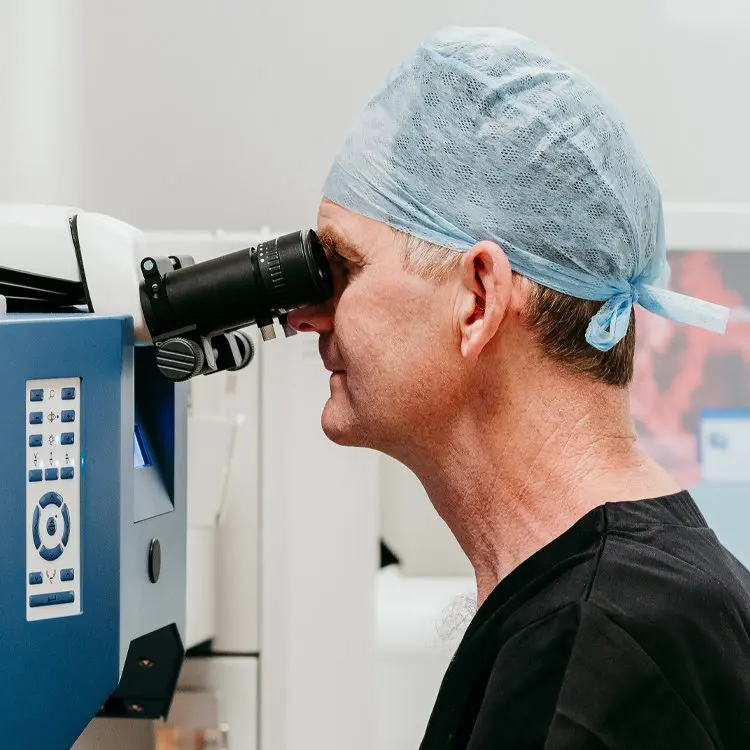
What is the Diagnosis?
Management of dry eye disorder requires a multi-faceted approach and can only be instigated following a comprehensive ocular examination.
Non-invasive steps to optimise tear film quality are often advised including punctal occlusion, therapeutic eye drops and the treatment of associated lid margin disorders such as blepharitis. Laser Vision’s specialist BlephEx treatment can be an effective method of managing blepharitis long-term.
It is also important for patients to have regular breaks from their VDU devices to counteract the likely reduction in blink rate.
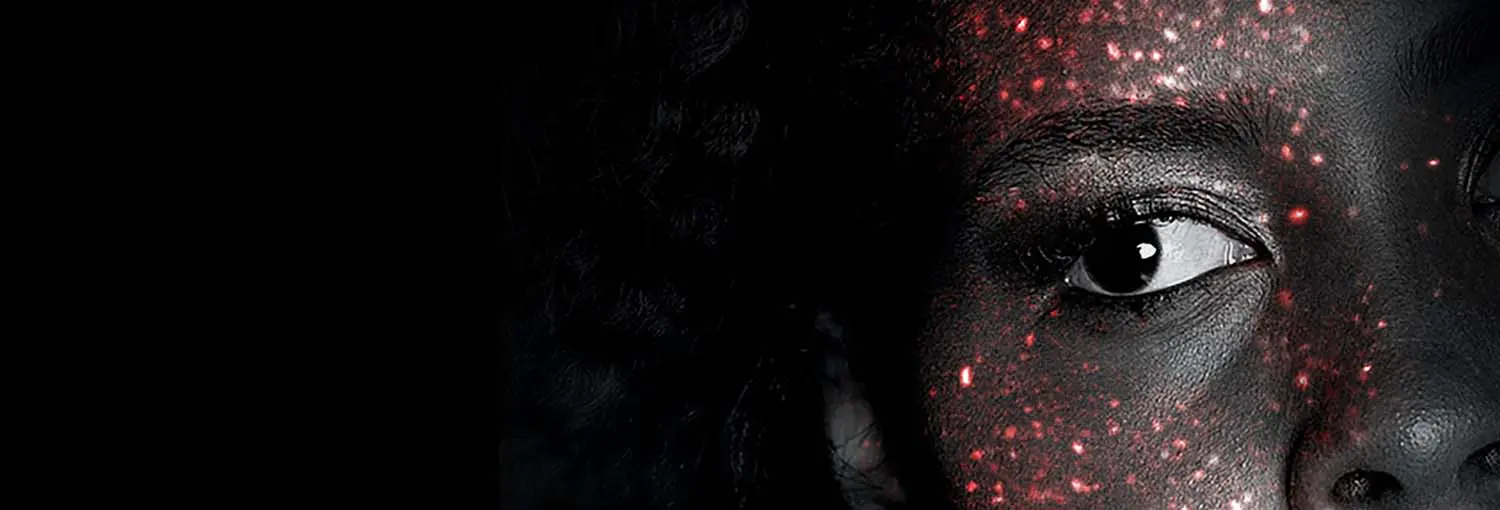
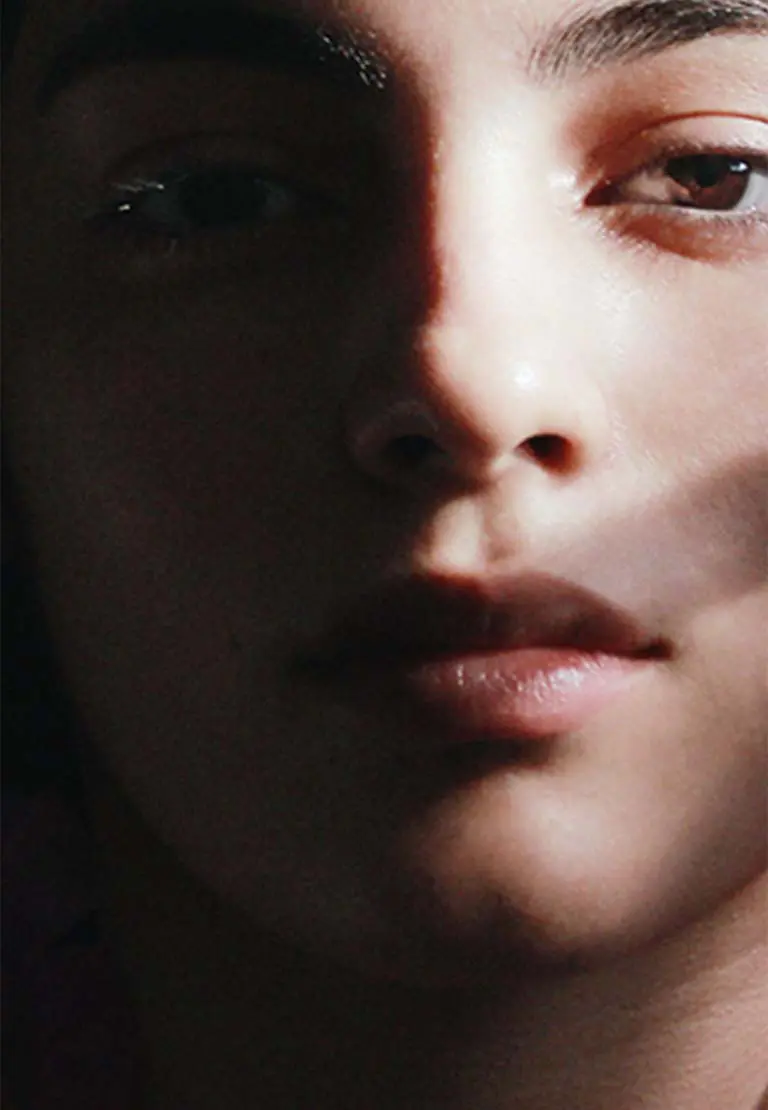
Treatment Options
Choosing the right vision correction clinic for your surgery is paramount. This is a life changing procedure after all, and you need to have complete trust in your surgeon and care team of professionals.
Our Technology
We invest in the latest equipment hand chosen by our surgeons, so that we can deliver outstanding results with the safest surgery possible.